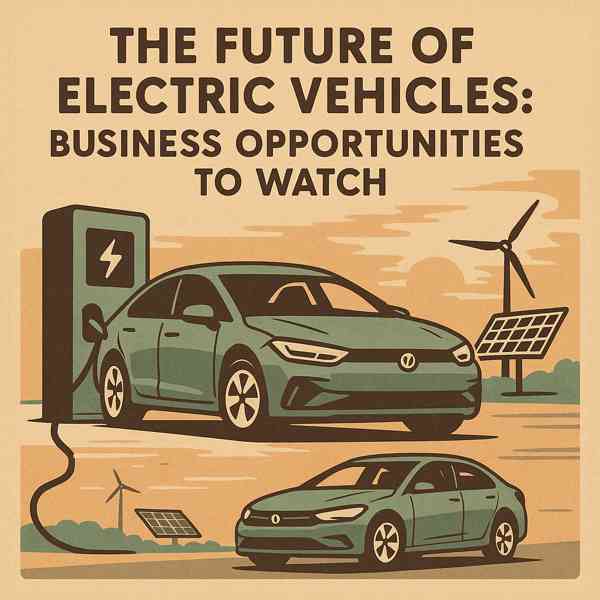How EVs Are Revolutionizing Driving
How EVs Are Revolutionizing Driving
Blog Article

With zero emissions and cutting-edge technology, EVs are quickly becoming a top alternative for personal and commercial travel.
As battery technology improves and infrastructure expands, owning an electric vehicle has never been more appealing.
The Basics of Electric Vehicles
Electric vehicles are powered entirely by stored electricity, rather than traditional internal combustion engines.
Main elements of an electric vehicle:
- Electric motor
- Usually lithium-ion or solid-state
- Controls efficiency and output
- Allows the vehicle to recharge from external sources
Electric vehicles come in various types, such as plug-in hybrids (PHEVs)—each with different levels of electrification.
Benefits of Electric Vehicles
The rise of electric vehicles is fueled by their numerous benefits.
What makes EVs attractive:
- Electricity is cheaper than gas
- Helps fight climate change
- Less noise and vibration
- Government incentives and tax credits
For eco-conscious and cost-aware drivers, electric vehicles are an increasingly forward-thinking choice.
Limitations to Consider
Understanding the limitations of electric electric vehicles vehicles will help you make an informed decision.
EV challenges to consider:
- Shorter range compared to gas vehicles
- Charging infrastructure gaps
- Though often offset by long-term savings
- Battery lifespan and replacement
As technology advances and infrastructure improves, many of these challenges are becoming more acceptable.
Exploring EV Variants
Choosing the right type depends on your needs, driving habits, and budget.
Categories of electric vehicles:
- Battery Electric Vehicles (BEVs)
- Electric motor with backup gasoline engine
- Hybrid Electric Vehicles (HEVs)
- Use hydrogen to generate electricity
Each type has its pros and cons, so buyers should choose accordingly.
EV Charging and Infrastructure
There are multiple charging levels and methods depending on your location.
Types of EV charging stations:
- Slow but accessible anywhere
- Level 2 Charging
- DC Fast Charging
- Charging without cables
As public charging networks expand, EV owners will enjoy even more freedom, flexibility, and convenience.
What’s Next for EVs?
As governments push for cleaner energy and manufacturers invest in innovation, the future of EVs looks bright.
Trends shaping the future include:
- Higher energy density and faster charging
- Turning cars into energy assets
- The future of hands-free travel
- Expansion of affordable EV models
As innovation continues, EVs will become more mainstream and essential.
The Road Ahead for EVs
With growing demand and continuous improvement, EVs are becoming a realistic option for more drivers every day.
From environmental benefits to cutting-edge tech, electric vehicles offer a powerful alternative to traditional cars.
Report this page